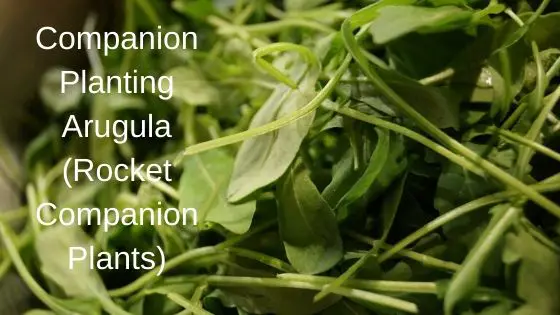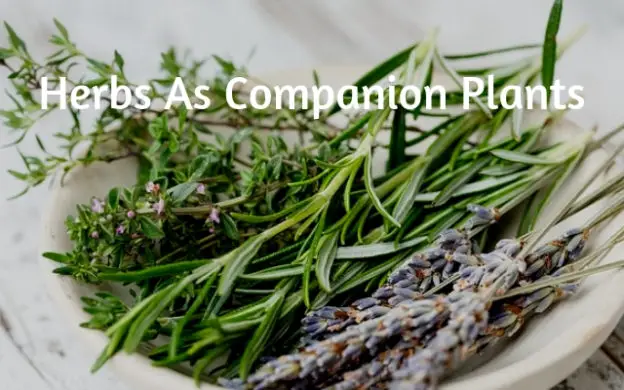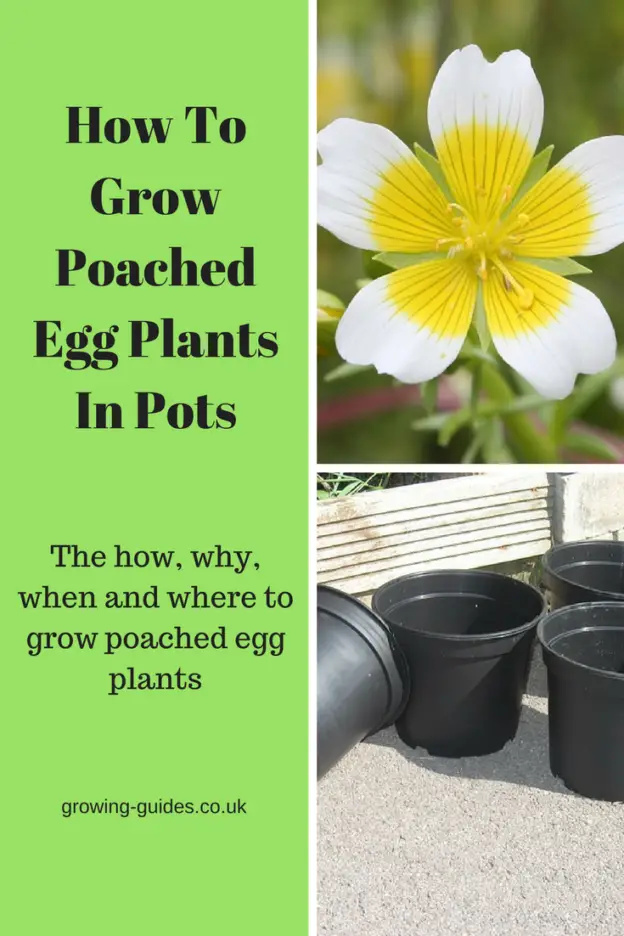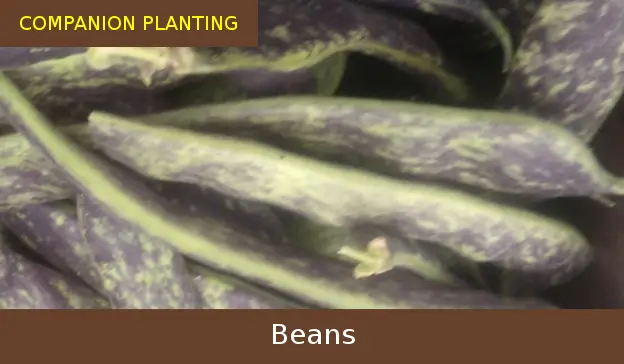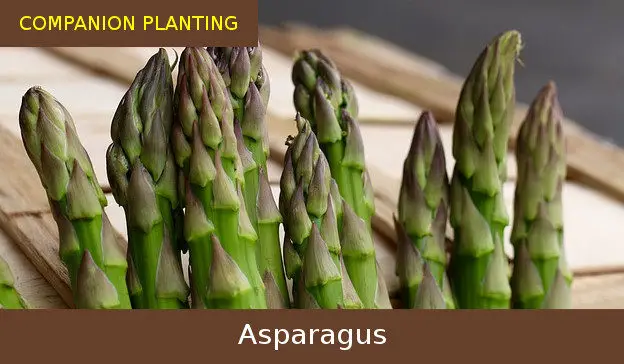Companion Plants – A Quick Guide To Assisting Nature
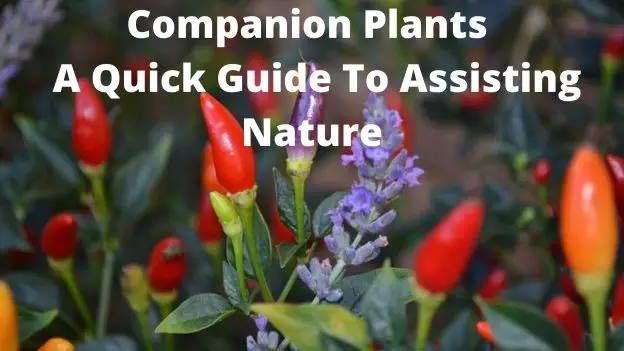
Companion plants, it’s like the new buzz word, but what does it mean? How does it work? And why bother? That’s what this post is all about, the what, how, and why of companion planting. With a few examples along the way. Let’s get straight into it. What Are Companion Plants? In a nut shell, companion plants are plants that are grown close together for their mutual or singular benefit. For instance, growing basil in with tomatoes will improve the growth and flavour of the tomatoes, and repel many pests too. Another example is growing the 3 sisters method as… → Read More


